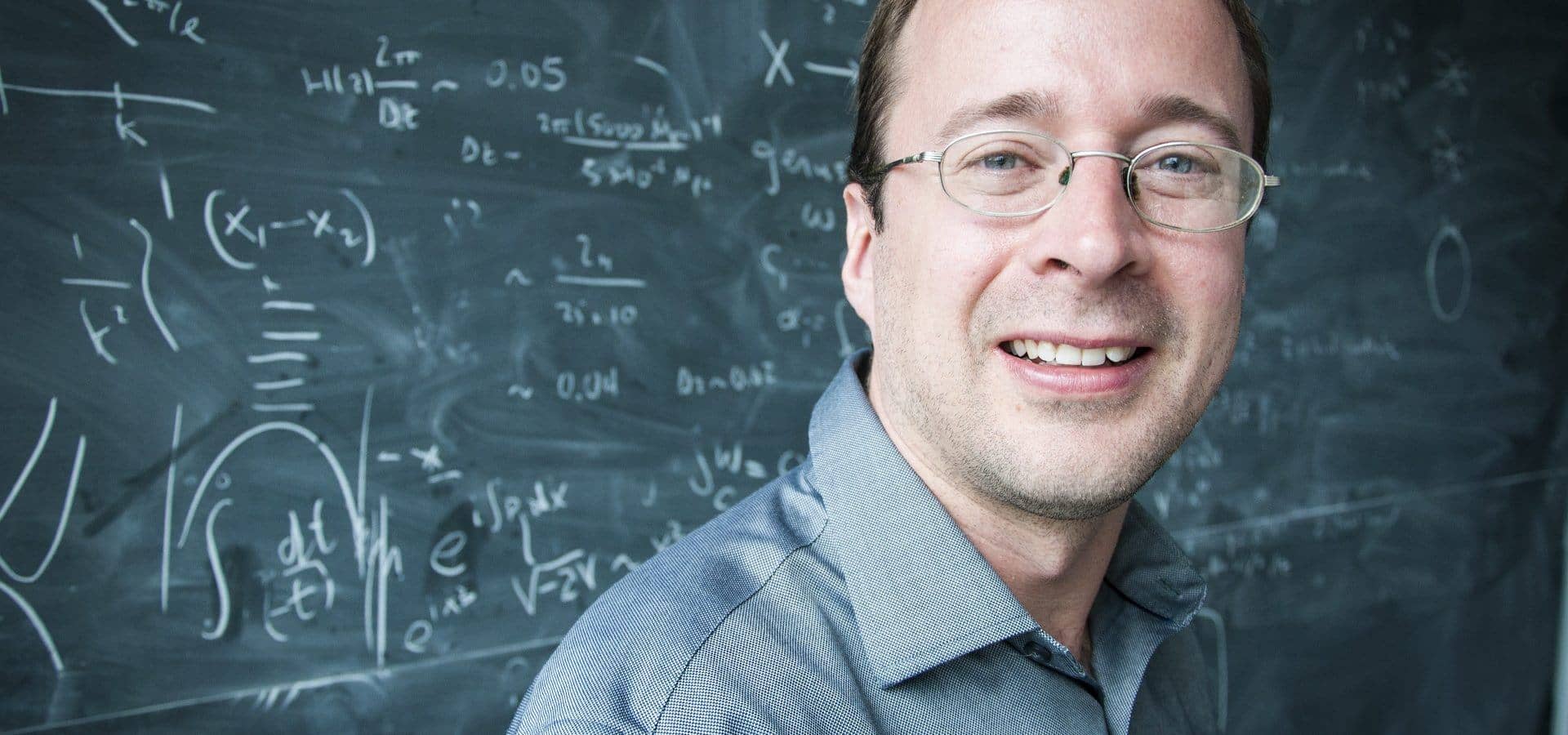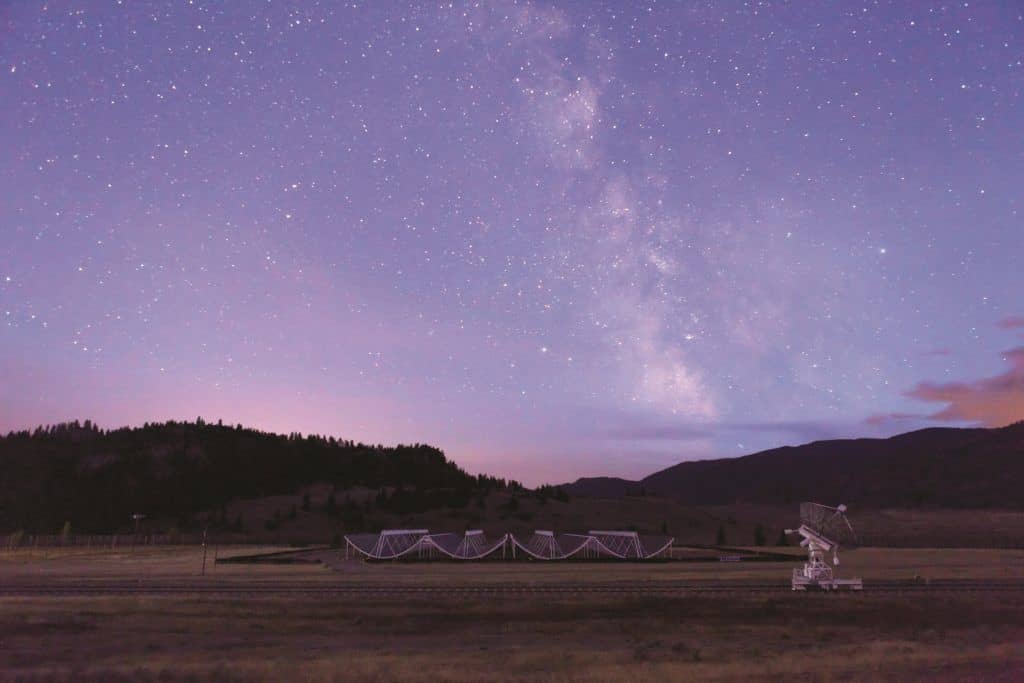People of PI: Data-driven cosmologist Kendrick Smith
New experiments are generating more data than we can possibly store. Kendrick Smith is one of a new breed of cosmologists, mixing physics, data analysis, statistics, and more, to work out not just what we’re seeing, but what it means.
























































































